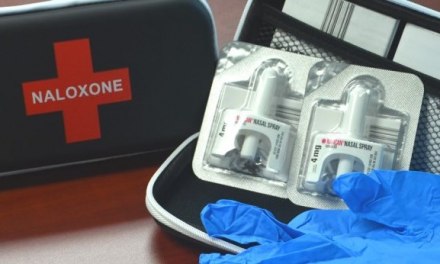Here’s an update on the legal mess that continues around the prescription of opioid painkillers during the early years of the epidemic:
Walgreens helped fuel San Francisco’s opioid crisis, judge rules
This time around, a Federal Court judge in San Francisco found in favor of the plaintiffs, including the City of San Francisco.
“Substantially contributed”, that’s the phrasing the judge used to characterize Walgreen’s role in the emerging crisis.
What does that mean? For one thing, that the corporation failed to curtail suspicious physician orders, instead going ahead with dispensing large quantities of opioids that were almost certainly destined for abuse– and possibly resale on the streets. That, the judge concluded, qualifies under the definition of “major public nuisance”– the same kind of law rejected earlier by the Oklahoma Supreme Court.
I knew Walgreen’s had been deeply involved in the problem, but was surprised to learn they had actually provided some 20% of all the oxycodone and hydrocodone medications dispensed during the period. That’s more than simply “contributing.” That’s being a major player. They’ve stopped the practice, but we could put that down to fear of the legal consequences rather than more public-spirited motives.
Ironically, the Walgreen’s legal team decided to go it alone, instead of joining other defendants in a settlement. I suppose they thought they had a better chance of winning.
They’re probably second-guessing that decision now.
Later on, there will need to be another trial for the purpose of assessing damages. Walgreen’s attorneys plan to appeal, of course.
I doubt it’s coincidence that the chain has begun shutting down its entire San Francisco-based operations. Given the recent history, I’m not sure how big a loss that will be to the citizens.
After all, Walgreens had already stopped distributing opioids after a 2012 incident that resulted in the DEA shutting down a warehouse. That decision may actually have made things worse, as it forced their addicted patients to turn to the streets for heroin, and later, fentanyl.
One thing that emerged from the trial is that Walgreen’s own pharmacists made repeated attempts to convince corporate leadership to establish a central database of suspicious purchases, and the customers who made them. Most people would see that as an obvious move, and I’m not sure why the folks at Corporate didn’t follow up. Maybe they worried it would undermine their argument that it was none of the company’s damn business what use (or misuse) a prescription opioid they dispensed was eventually put to.
Which to me seems silly. Of course Corporate could have discovered which physicians were ordering opioids in unusually large quantities through their own pharmacies. How else do they submit the bills? And as inattentive as they seem to have been in this instance, it’s a sure bet their attention doesn’t wander when it comes to getting paid.
We’re still a long ways from the end of all this, unfortunately. There’s a vast backlog of lawsuits yet to come. Still, from the plaintiffs’ standpoint, the judge’s decision represents a major breakthrough.













